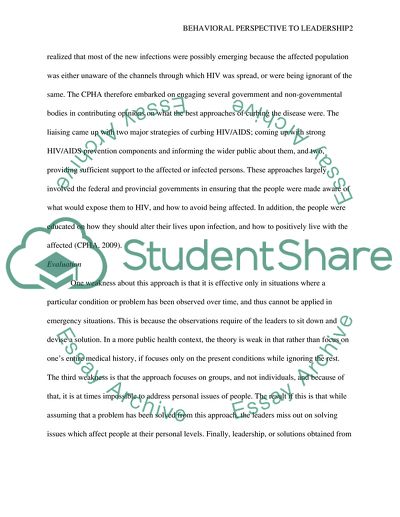Cite this document
(“Leadership and Emotional Intelligence Assignment”, n.d.)
Retrieved from https://studentshare.org/psychology/1650956-behavioralstyle-perspective-to-leadershipemotional-intelligence
Retrieved from https://studentshare.org/psychology/1650956-behavioralstyle-perspective-to-leadershipemotional-intelligence
(Leadership and Emotional Intelligence Assignment)
https://studentshare.org/psychology/1650956-behavioralstyle-perspective-to-leadershipemotional-intelligence.
https://studentshare.org/psychology/1650956-behavioralstyle-perspective-to-leadershipemotional-intelligence.
“Leadership and Emotional Intelligence Assignment”, n.d. https://studentshare.org/psychology/1650956-behavioralstyle-perspective-to-leadershipemotional-intelligence.


